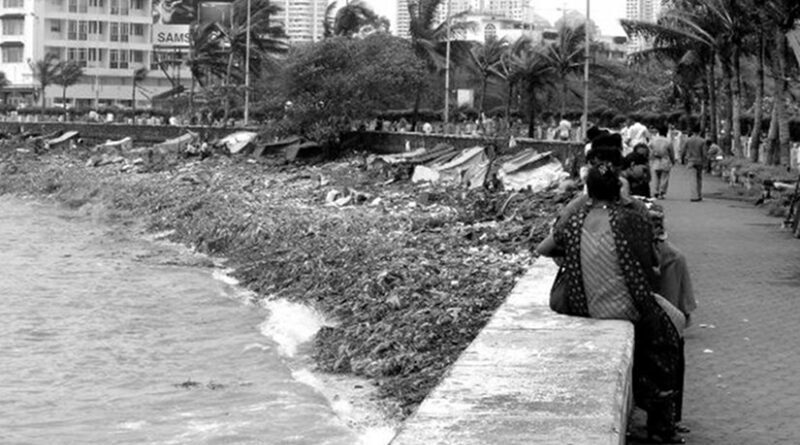The Tale Of Two Indias – OpEd
By Sarah Saeed
Despite growing unemployment and a significant increase in the number of billionaires, Prime Minister Narendra Modi and his Bharatiya Janata Party (BJP) have won a third term in government. While the government trumpets about its economic achievements, growing wealth disparities and persistent unemployment put doubt on Modi’s narrative of broad prosperity.
In a nation of stark differences, Mukesh Ambani, India’s richest billionaire recently hosted a lavish pre-wedding spectacle that gained widespread notice. The event, which allegedly cost $150 million and included a performance by worldwide pop star Rihanna, highlights India’s elite’s luxurious lifestyle. Mumbai, Ambani’s hometown, has eclipsed Beijing as Asia’s “billionaire capital,” representing what many regard as economic success under Modi’s leadership. However, this gleaming façade conceals deeper concerns. While the percentage of billionaires has increased, the advantages of economic prosperity have not reached the masses. Rising inequality shows the divide between the ultra-wealthy and the millions of Indians who are impoverished and unemployed.
Despite the government’s claims of considerable decrease in poverty, many economists challenge the statistics’ accuracy. Much of India’s workforce remains in informal employment, which provides little security or enough income. This disparity has resulted in an uneven distribution of wealth, compounded by growing inflation, which reduces regular residents’ purchasing power. The contrast between billionaires’ lavish lifestyles and the sufferings of the bottom half of the population creates a confusing picture. While the wealthy enjoy lavish celebrations, many Indians find it increasingly difficult to acquire basic essentials.
The difference is particularly evident in rural regions like Maharashtra’s Melghat, where poverty is still a harsh reality. Despite many government relief programs, villagers struggle to live, as they rely heavily on seasonal agricultural jobs. Promises of employment creation have mainly failed through, causing widespread disenchantment. Young people in these regions, many of whom are educated but unemployed, are becoming more dissatisfied with the government. Many people feel abandoned by a leadership that they consider to be more concerned with urban growth and the wealth of the few. This feeling poses a serious challenge to Modi’s administration as it enters its third term.
As Modi and the BJP begin their third term, their campaign promises of sustained economic growth and prosperity will be scrutinized more than ever. The government highlights infrastructure projects such as roads, digitization initiatives, and increases in the ease of doing business as examples of success, although the reality differs significantly from the presented picture. However, for many people, these initiatives appear distant and separated from their daily lives. Opposition parties believe that Modi’s policies have disproportionately benefited the wealthiest while failing to address the concerns of the poor and middle class. They push for more equal income distribution, improved job development measures, and strengthened social safety nets.
With a fresh mandate, Modi’s administration must not only sustain economic development but also ensure its inclusiveness. The jarring pictures of millionaire excess contrasting with rural poverty will definitely continue to shape popular perception. Addressing the rising disappointment among people who feel left behind is critical to ensuring political stability and social peace. India’s economic journey might be progressive, but it is riddled with problems. An increase in the percentage of billionaires and the rising visibility of their riches sharply contrast with the everyday challenges of millions battling unemployment and poverty.

